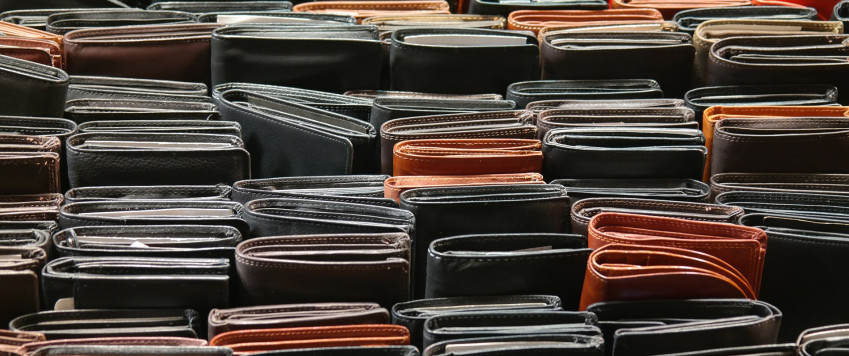Wages and purchasing power grew at a slower rate last year

The net wage growth in 2016 not only slowed but, for the first time in six years, was lower than the gross wage growth. The rise in consumer prices in 2016 was close to zero and had no substantial impact on purchasing power, yet the rise in real net wage, given the aforementioned difference between gross and net income, was the lowest in four years, dropping to 4.6% (7.4% in 2015). Such a purchasing power dynamic, at least in the first three quarters of the year for which consumption data are available, was accompanied by a slight slowdown in y-o-y rise in private consumption in which the contribution of the consumption of durable goods and services shrank particularly noticeably.
Concurrently, the consumer confidence data published by the European Commission regarding the evaluation of the material wellbeing of the family for the next months posted a slight deterioration of optimism in 2016 as compared to 2015, as well as increased pessimism regarding the overall economic situation. Such a mood could dictate caution in spending. Retail trade growth in 2016 also pointed to this.
In 2017, wage growth could remain similar to the previous year's. A faster growth in wages has been approved in the budget in some areas of the public sector and the economic growth forecasts are more optimistic based on the evaluation of investments where last year's drop is likely to be replaced by growth, with the uptake of European Union funding also improving. The year-on-year rate of increase in the purchasing power might not rise, for consumer prices will grow faster than last year.
Textual error
«… …»






